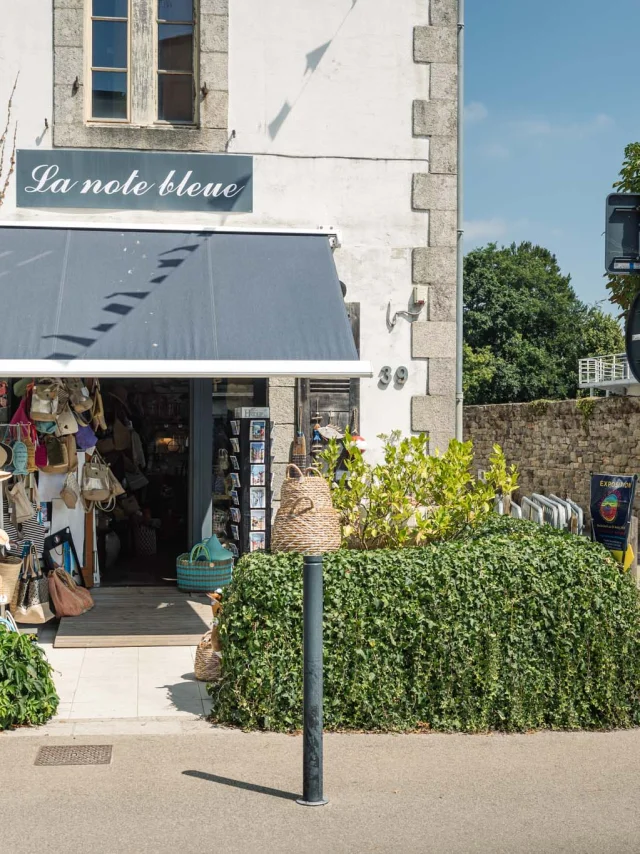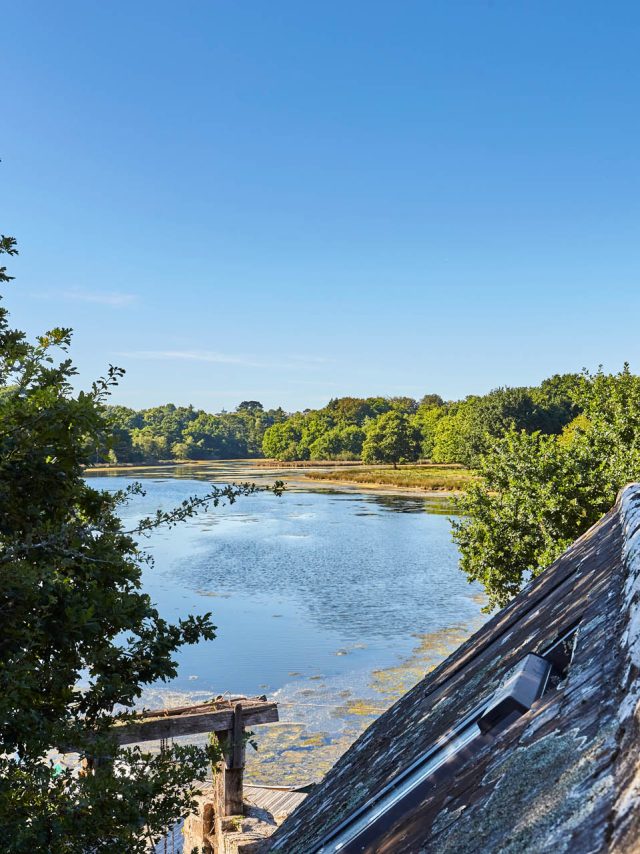Fouesnant-les Glénan boasts a rich cultural heritage combining history, architecture and local traditions.
Situated in Cornouaille, one of Brittany’s major historical regions, the commune is home to a number of listed monuments, including the chapel of Sainte-Anne and the church of Saint-Pierre-et-Saint-Paul. The area also preserves traces of the megalithic era, such as the menhirs of Beg-Meil and Lanveur. Fouesnant’s living heritage is just as strong, with strong traditions such as Fouesnant cider, the Ar Pintiged Foen Celtic circle and local pardons. Discover the local history and cultural treasures that make Fouesnant so special. Discover the places, customs and monuments that shape the soul of our beautiful commune.
 Widepixel Le Centre Nautique De Fouesnant Cornouaille Au Cap Coz 5388 1200px
Widepixel Le Centre Nautique De Fouesnant Cornouaille Au Cap Coz 5388 1200px Widepixel Le Centre Nautique De Fouesnant Cornouaille Au Cap Coz 5388 1200px 1
Widepixel Le Centre Nautique De Fouesnant Cornouaille Au Cap Coz 5388 1200px 1 Widepixel L'Etang Du Centre Nautique Au Cap Coz 4959 1200px
Widepixel L'Etang Du Centre Nautique Au Cap Coz 4959 1200px Widepixel L'Etang Du Centre Nautique Au Cap Coz 4959 1200px 5
Widepixel L'Etang Du Centre Nautique Au Cap Coz 4959 1200px 5 Widepixel L'Etang Du Centre Nautique Au Cap Coz 4959 1200px 1
Widepixel L'Etang Du Centre Nautique Au Cap Coz 4959 1200px 1
















